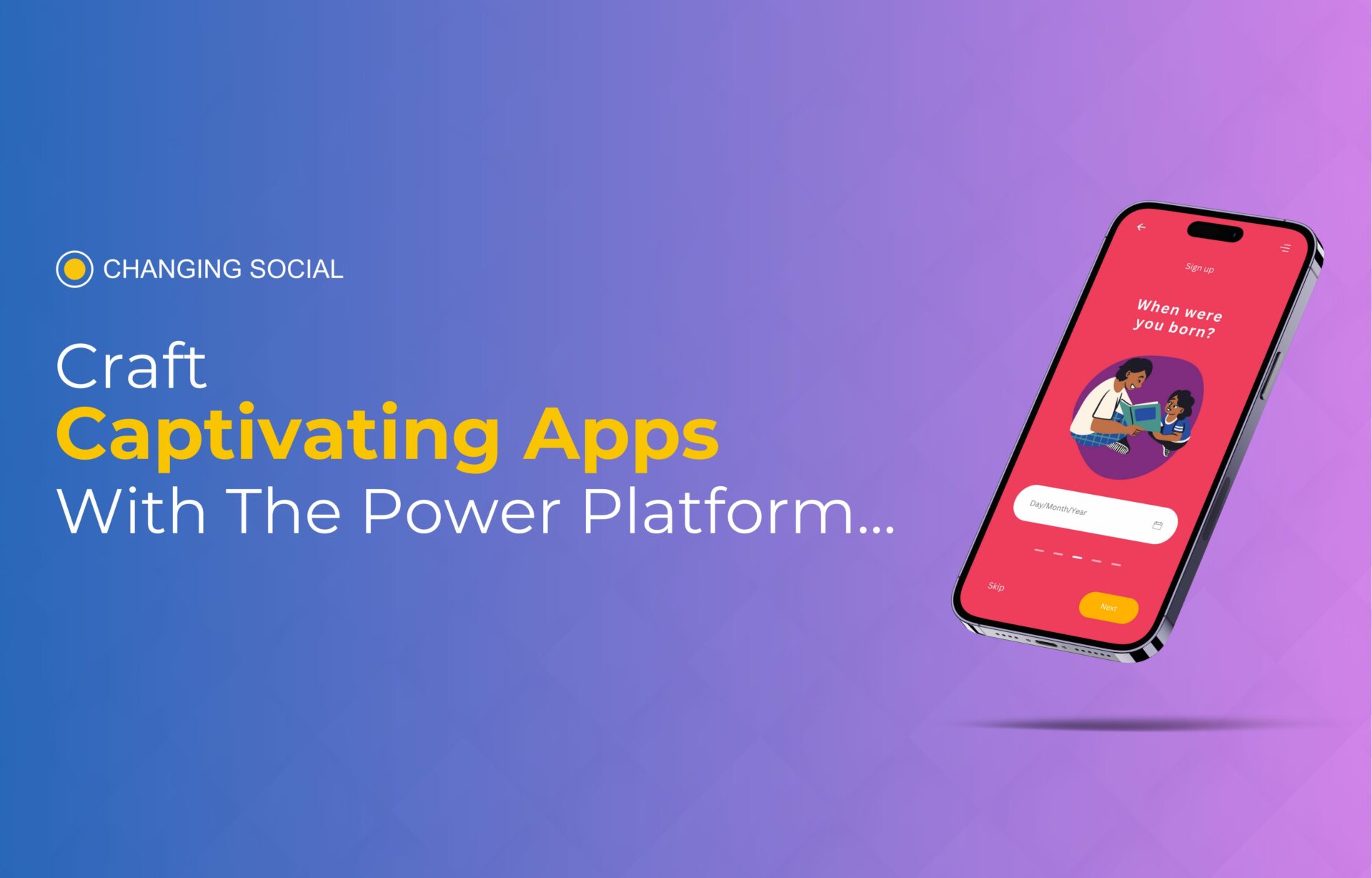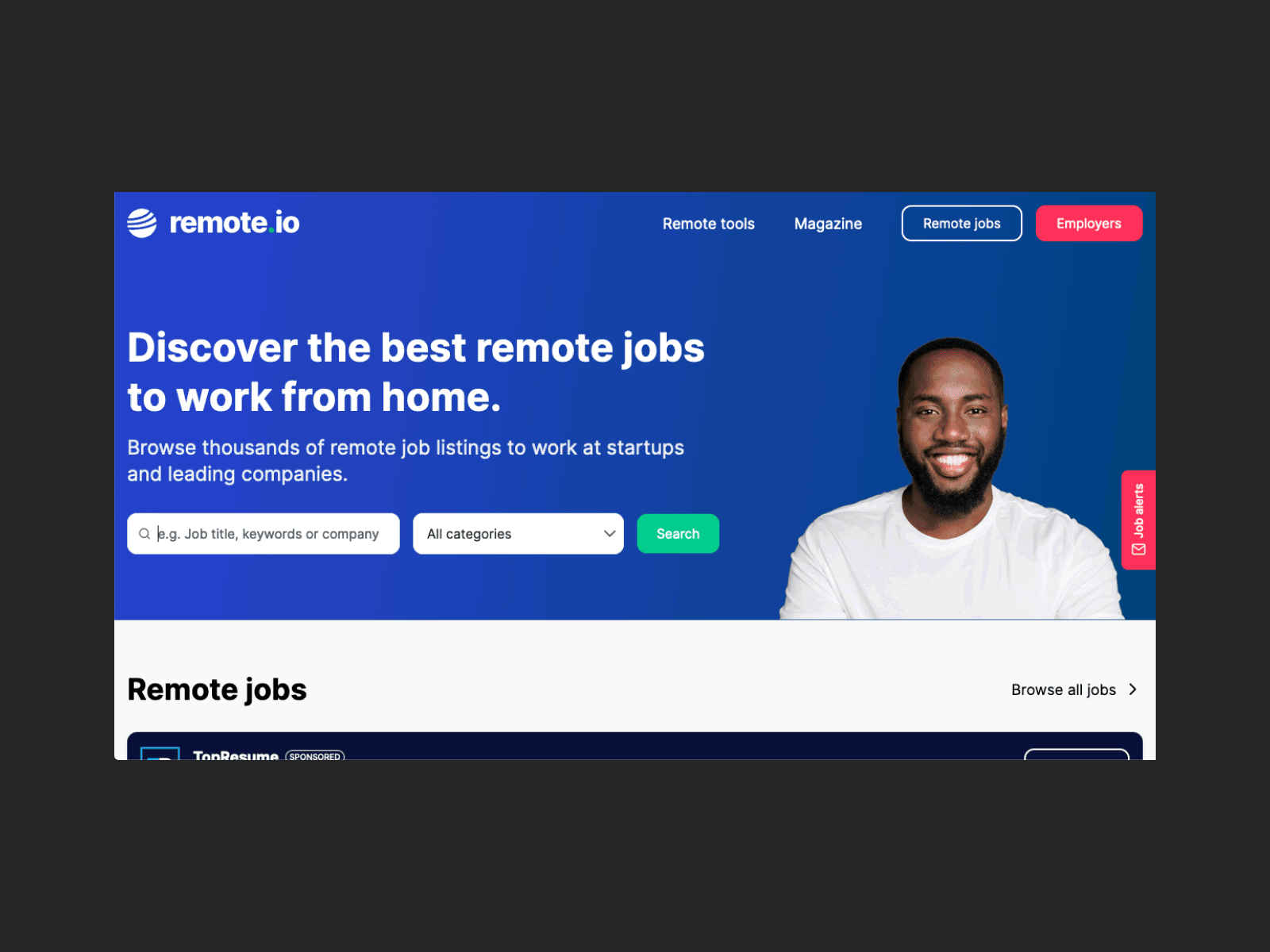Are you ready to dive into the world of IoT? The RemoteIoT platform tutorial is here to change the game. If you're looking to harness the power of remote IoT solutions, you've come to the right place. This guide will walk you through everything you need to know about RemoteIoT, from setup to advanced features. Whether you're a beginner or a seasoned pro, this tutorial has got your back.
Let's face it—IoT is no longer just a buzzword; it's a revolution. And RemoteIoT is at the forefront of this movement. Imagine being able to control devices from anywhere in the world with just a few clicks. Sounds futuristic, right? Well, it's not as far-fetched as you might think. RemoteIoT makes it possible, and we're about to show you how.
Now, before we jump into the nitty-gritty, let me assure you that this isn't just another boring tech manual. We're going to break it down in a way that's easy to follow, even if you're not a coding wizard. So grab your favorite drink, get comfy, and let's explore the RemoteIoT platform together. Trust me, you're in for a treat.
- Does The Post Office Do Notary Heres The Scoop You Need
- 365 To Win Your Ultimate Guide To Transforming Every Day Into A Victory
Table of Contents
- Introduction to RemoteIoT Platform
- Setting Up the RemoteIoT Platform
- Core Features of RemoteIoT
- Step-by-Step RemoteIoT Tutorial
- Advanced Features and Use Cases
- Troubleshooting Common Issues
- Security Best Practices for RemoteIoT
- Integrating RemoteIoT with Other Platforms
- Joining the RemoteIoT Community
- Conclusion: Your Next Steps
Introduction to RemoteIoT Platform
RemoteIoT is like the Swiss Army knife of IoT platforms. It’s designed to make your life easier by allowing you to manage and control IoT devices remotely. Think of it as your personal assistant for all things IoT-related. But what exactly makes RemoteIoT so special? Let’s break it down.
First off, it's super versatile. Whether you're working on home automation, industrial monitoring, or smart agriculture, RemoteIoT has got you covered. The platform is built to handle a wide range of applications, making it a go-to choice for developers and businesses alike. Plus, it’s user-friendly, which is a big plus if you're new to the IoT scene.
Another thing that sets RemoteIoT apart is its scalability. As your projects grow, so can the platform. You don’t have to worry about outgrowing its capabilities. It’s like a growing tree that adapts to your needs. And let’s not forget about the community support. There’s a vibrant community of developers who are always ready to help you out if you run into any issues.
- Plymouth And Brockton The Ultimate Guide To Exploring These Iconic Destinations
- Estevez Brothers The Legendary Siblings Who Ruled Hollywood With Heart And Talent
Setting Up the RemoteIoT Platform
Alright, let’s get our hands dirty. Setting up the RemoteIoT platform is a breeze, but there are a few steps you need to follow to ensure everything runs smoothly. Here’s a quick rundown:
Step 1: Account Creation
First things first, you’ll need to create an account on the RemoteIoT website. It’s a straightforward process—just enter your email and password, and you’re good to go. Once you’re logged in, you’ll gain access to the dashboard, where all the magic happens.
Step 2: Device Registration
Next up is device registration. This is where you add the IoT devices you want to manage. Simply click on the "Add Device" button, enter the necessary details, and voilà! Your device is now part of the RemoteIoT family. Make sure to double-check the device settings to avoid any hiccups later on.
Step 3: Configuration
Now comes the fun part—configuration. This is where you set up the rules and parameters for your devices. You can define things like automation triggers, alerts, and data collection schedules. The platform offers a user-friendly interface, so you won’t feel overwhelmed by technical jargon.
Core Features of RemoteIoT
So, what exactly can you do with RemoteIoT? Let’s take a look at some of its core features:
- Real-Time Monitoring: Get live updates on your devices’ status from anywhere in the world.
- Automation: Set up automated tasks to streamline your operations and save time.
- Data Analytics: Analyze device data to gain insights and make informed decisions.
- Security: Rest easy knowing your devices are protected with robust security measures.
- Scalability: Expand your setup as your needs grow without any hassle.
These features make RemoteIoT a powerhouse in the IoT world. Whether you’re a hobbyist or a professional, there’s something for everyone.
Step-by-Step RemoteIoT Tutorial
Now that you’ve got the basics down, let’s dive into a step-by-step tutorial to help you master RemoteIoT. This section will walk you through the entire process, from setup to optimization.
Step 1: Exploring the Dashboard
Your first stop is the dashboard. This is where you’ll spend most of your time managing your devices. Take a moment to familiarize yourself with the layout and navigation. It’s intuitive, but it’s always good to know your way around.
Step 2: Adding Devices
Next, let’s add some devices. Click on the "Add Device" button and follow the prompts. You’ll need to provide details like device type, location, and settings. Don’t worry if you’re not sure about everything—RemoteIoT will guide you through the process.
Step 3: Configuring Automation
Automation is where RemoteIoT really shines. You can set up rules to automate tasks like turning devices on or off based on certain conditions. For example, you can set your smart thermostat to adjust the temperature when you’re not home. Cool, right?
Step 4: Analyzing Data
Data analytics is another powerful feature of RemoteIoT. You can use it to track device performance, identify trends, and make data-driven decisions. The platform provides easy-to-read charts and graphs to help you visualize the data.
Advanced Features and Use Cases
Once you’ve mastered the basics, it’s time to explore some advanced features. RemoteIoT offers a wealth of possibilities for those who want to take their IoT projects to the next level.
Custom Dashboards
Custom dashboards allow you to tailor the interface to your specific needs. You can add widgets, rearrange elements, and create a layout that works best for you. It’s like building your own personalized control center.
Integration with Third-Party Apps
RemoteIoT plays well with others. You can integrate it with third-party apps and platforms to enhance its functionality. For example, you can connect it to your CRM system to automate customer notifications based on device status.
Edge Computing
Edge computing is another advanced feature that can significantly improve performance. By processing data closer to the source, you can reduce latency and improve response times. This is especially useful for applications that require real-time processing.
Troubleshooting Common Issues
No matter how great a platform is, issues can still arise. Here are some common problems you might encounter with RemoteIoT and how to fix them:
- Device Connectivity Issues: Check your network settings and ensure the device is properly connected to the internet.
- Data Sync Problems: Verify that the device firmware is up to date and try restarting the platform.
- Automation Failures: Double-check your automation rules and make sure all conditions are met.
If you’re still having trouble, don’t hesitate to reach out to the RemoteIoT support team. They’re always ready to lend a helping hand.
Security Best Practices for RemoteIoT
Security is a top priority when it comes to IoT platforms. Here are some best practices to keep your RemoteIoT setup secure:
- Use Strong Passwords: Make sure your account and device passwords are strong and unique.
- Enable Two-Factor Authentication: Add an extra layer of security by enabling two-factor authentication.
- Regularly Update Firmware: Keep your devices’ firmware up to date to protect against vulnerabilities.
By following these practices, you can ensure that your RemoteIoT setup remains secure and protected from potential threats.
Integrating RemoteIoT with Other Platforms
RemoteIoT’s ability to integrate with other platforms is one of its biggest strengths. Whether you’re using it with a CRM, ERP, or another IoT platform, the possibilities are endless. Here’s how you can get started:
API Integration
RemoteIoT provides APIs that allow you to connect it with other systems. This is ideal for developers who want to build custom integrations. The API documentation is comprehensive and easy to follow, even for those new to API development.
Pre-Built Integrations
If you’re not into coding, don’t worry. RemoteIoT offers pre-built integrations with popular platforms like Google Cloud, AWS, and Microsoft Azure. These integrations are easy to set up and require minimal technical expertise.
Joining the RemoteIoT Community
One of the best things about RemoteIoT is its vibrant community. You’ll find a wealth of knowledge and support from fellow developers and users. Here’s how you can get involved:
- Forums: Join the official RemoteIoT forums to ask questions, share tips, and learn from others.
- Webinars: Attend webinars hosted by RemoteIoT experts to stay up to date with the latest trends and features.
- Social Media: Follow RemoteIoT on social media platforms to get the latest news and updates.
Being part of the community will not only help you grow as a developer but also give you access to valuable resources and insights.
Conclusion: Your Next Steps
And there you have it—a comprehensive guide to mastering the RemoteIoT platform. From setup to advanced features, we’ve covered everything you need to know to get started. Remember, the key to success with RemoteIoT is practice and exploration. Don’t be afraid to experiment and try new things.
Before you go, here’s a quick recap of the main points:
- RemoteIoT is a versatile and scalable platform for managing IoT devices remotely.
- Setting up the platform is simple, thanks to its user-friendly interface.
- Core features include real-time monitoring, automation, and data analytics.
- Advanced features like custom dashboards and edge computing take your projects to the next level.
- Security best practices ensure your setup remains protected.
Now it’s your turn to take action. Leave a comment below and let us know what you think of the RemoteIoT platform. Share this article with your friends and colleagues who might find it useful. And don’t forget to check out our other tutorials for more IoT goodness. Happy coding, and see you in the RemoteIoT community!
- Xmas Tree Oil And Gas The Ultimate Guide To Understanding This Energy Marvel
- Chip And Joanna Gaines Net Worth A Deep Dive Into Their Financial Empire


